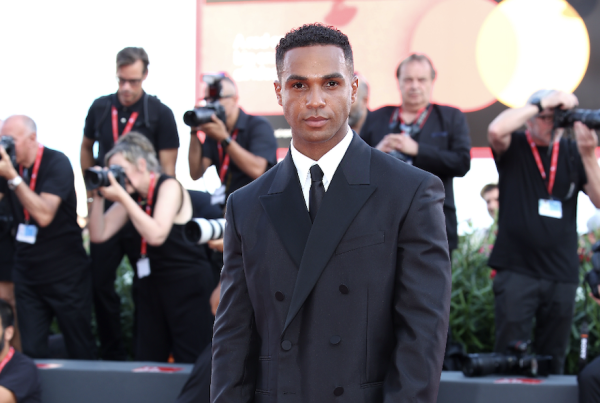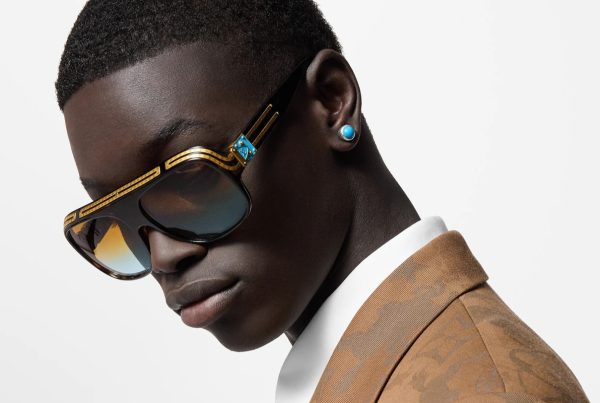
The early 20th century set the foundation for modern male fashion with the popularization of the suit, which has remained a staple but has undergone significant transformations. From the sharp tailoring of the 1920s to the bold patterns of the 1970s, each decade added layers of diversity and creativity that expanded the definition of men’s attire.
The late 20th century brought a surge in casual dressing, driven by youth culture and an increasingly relaxed social ethos that blurred the lines between formal and informal wear.
For students exploring the impact of cultural dynamics on fashion trends or even looking for a custom essay writing on modern fashion history, understanding these shifts offers valuable insights into more than just clothing choices. It also reflects changing societal norms and attitudes towards masculinity and self-expression. Now, let’s delve into how men’s fashion styles evolved over the years – and what might be on the horizon!

The Roots of Modern Male Fashion
Early 20th Century: Formal Foundations
The early 1900s marked a period where men’s fashion was predominantly formal. Suits, top hats, and waistcoats painted the picture of the day-to-day attire for most men, reflecting societal values of order and propriety.
It wasn’t until the Roaring Twenties that menswear began to loosen its rigid sartorial rules, allowing for more comfort and a hint of flair in the form of accessories like pocket squares and cufflinks.
Mid-20th Century: The Casual Revolution
Post-World War II economic expansion and the cultural upheaval of the 1960s and 70s brought a significant shift towards casual wear. Jeans, t-shirts, and leather jackets became symbols of youthful rebellion and freedom.
This era also saw the rise of countercultural movements that further pushed the boundaries of traditional male fashion, introducing more color, unconventional patterns, and diverse materials into the mainstream.
Late 20th Century to Early 21st Century: Branding and Personalization
As we moved closer to the millennium, men’s fashion became heavily influenced by celebrity culture and media, with high-end designers and brands shaping trends. The rise of sports, music icons, and movie stars as fashion symbols introduced a new era where fashion was as much about personal identity as it was about utility.
Logos became prominent, and streetwear started to merge with luxury fashion, highlighting personal branding as a significant factor in fashion choices.
Contemporary Trends: Blending Boundaries
Today, men’s fashion is characterized by its versatility and the blurring of lines between formal and casual wear. The modern man mixes tailored trousers with sneakers or pairs a bespoke blazer with a graphic tee, creating a hybrid style that meets the diverse demands of daily life.
Sustainable fashion has also risen to prominence, with an increasing number of consumers and brands emphasizing eco-friendly materials and ethical manufacturing processes.
The Future of Male Fashion
Technological Integration
Looking ahead, technology is set to play a pivotal role in shaping men’s fashion. Innovations such as smart fabrics that adapt to weather conditions, wearable technology that tracks health metrics, and virtual reality fitting rooms could revolutionize how we think about and wear clothes.
Customization and Personalization
As technology advances, so too will the possibilities for customization. Future fashion may offer men the ability to design their clothing with the aid of AI stylists that can adapt designs to individual tastes and body shapes, making clothing not only more personal but also more fitting.
Sustainability and Ethical Fashion
The future of men’s fashion is also moving towards more sustainable practices. This shift is driven by consumer awareness and the global impact of fashion on the environment.
Expect to see more recycled materials and a greater emphasis on the lifecycle of fashion products as the industry aims to reduce its carbon footprint.
Embracing Gender Fluidity in Fashion
A significant trend that continues to shape the future of men’s fashion is the blurring of gender lines. The traditional norms of what men can wear are being challenged, making way for a more inclusive approach to fashion that embraces styles traditionally seen as feminine.
Skirts, tunics, and vibrant patterns are making their way into men’s wardrobes, reflecting a broader societal shift towards gender fluidity. This evolution encourages self-expression and creativity, allowing individuals to explore fashion without constraints dictated by gender.
The Influence of Global Cultures
Globalization is also profoundly impacting men’s fashion. As the world becomes more interconnected, cultural exchanges are becoming more frequent and influential.
Traditional garments from various cultures, like the Japanese kimono, African dashikis, and South American ponchos, are being incorporated into mainstream men’s fashion. This not only enriches the aesthetic diversity available but also fosters a deeper appreciation and respect for global cultures.
Rise of Athleisure
Athleisure is another trend that has firmly taken root in men’s fashion. Combining the comfort of athletic wear with the style of leisure wear, athleisure is perfect for the modern man’s active lifestyle.
This trend highlights the growing demand for versatile clothing that suits a gym session, a casual day out, or a relaxed work environment. As health and fitness continue to be a priority for many, this trend’s popularity is only expected to grow, driving innovations in fabric technology and design.
Interactive and Smart Clothing
Looking further into the future, we see the rise of interactive and smart clothing. These garments go beyond traditional functions to interact with the environment or the wearer’s body. Imagine jackets that change color based on temperature or mood, shirts that monitor heart rates, or socks that provide feedback on walking patterns.
These innovations could revolutionize not only fashion but also how we interact with technology on a daily basis.
Final Thoughts: Dressing for Tomorrow
As we look back at the evolution of men’s fashion and gaze forward to its future, one thing remains clear: fashion will continue to be a dynamic blend of art, personal expression, and cultural narrative.
For today’s students and tomorrow’s trendsetters, understanding the forces that drive fashion trends is crucial for anyone looking to make their mark on the industry.
Whether you’re crafting a collection, forecasting trends, or simply choosing your outfit, the lessons from the past and the possibilities of the future are valuable guides on your sartorial journey!


























































